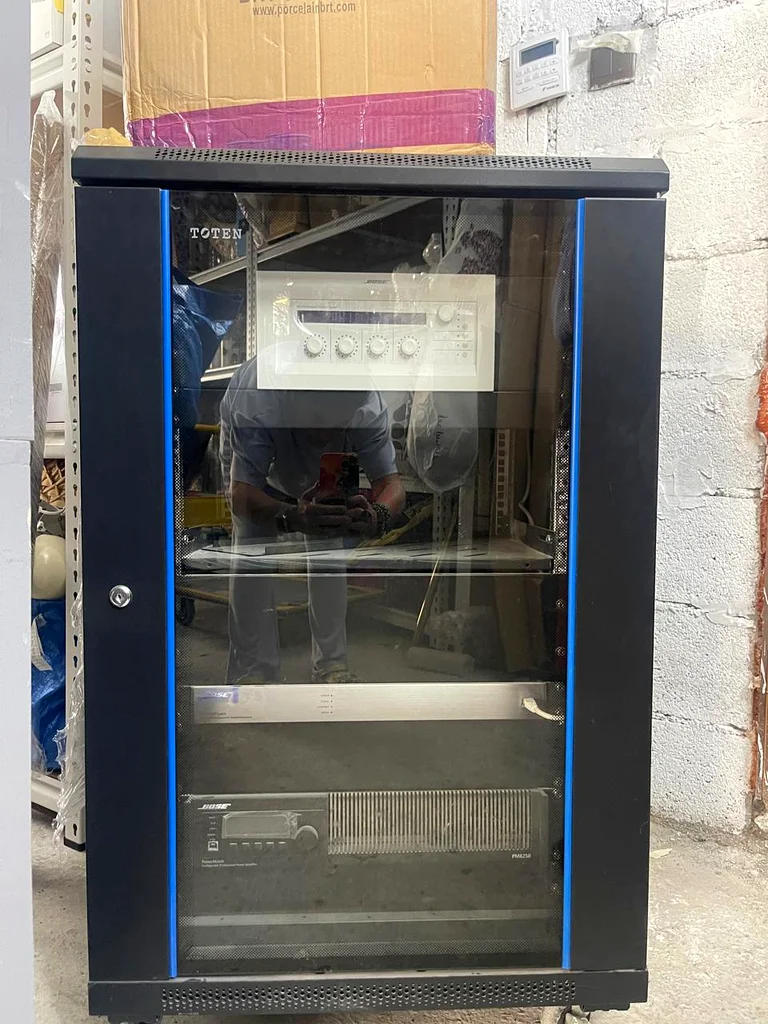
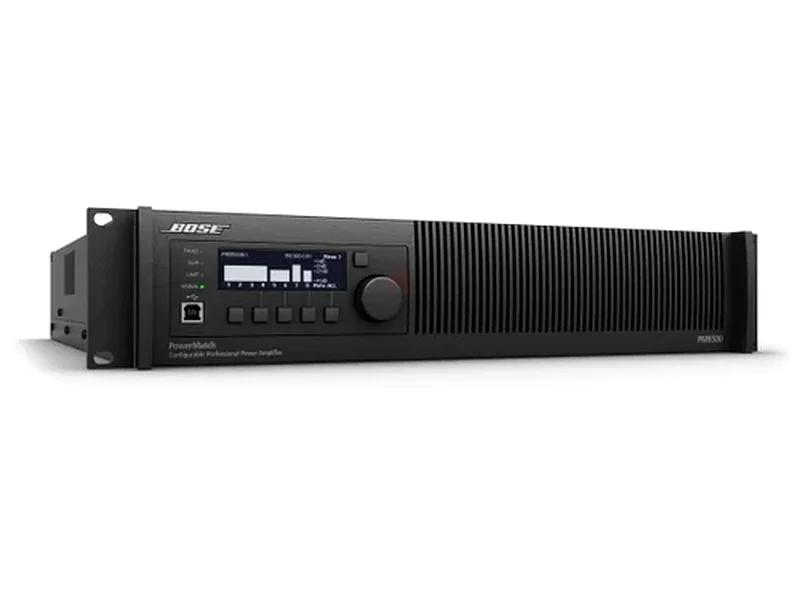
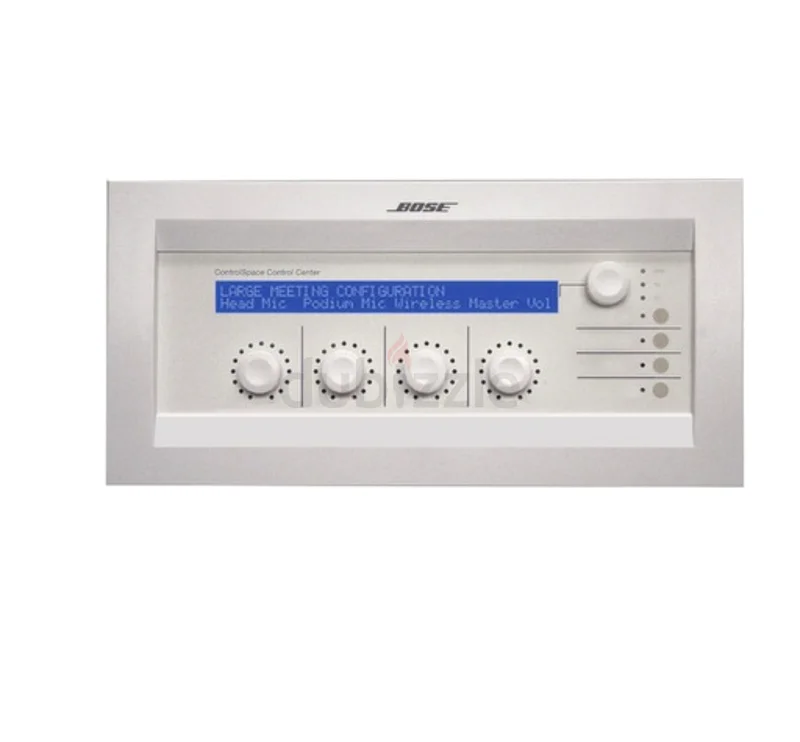
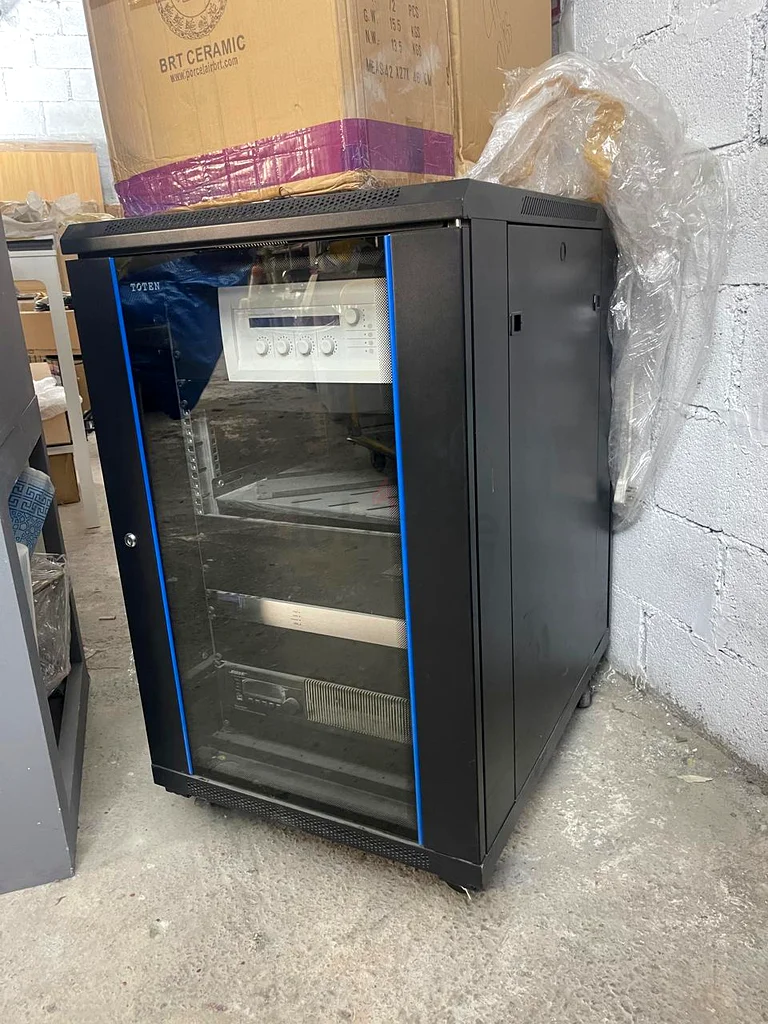
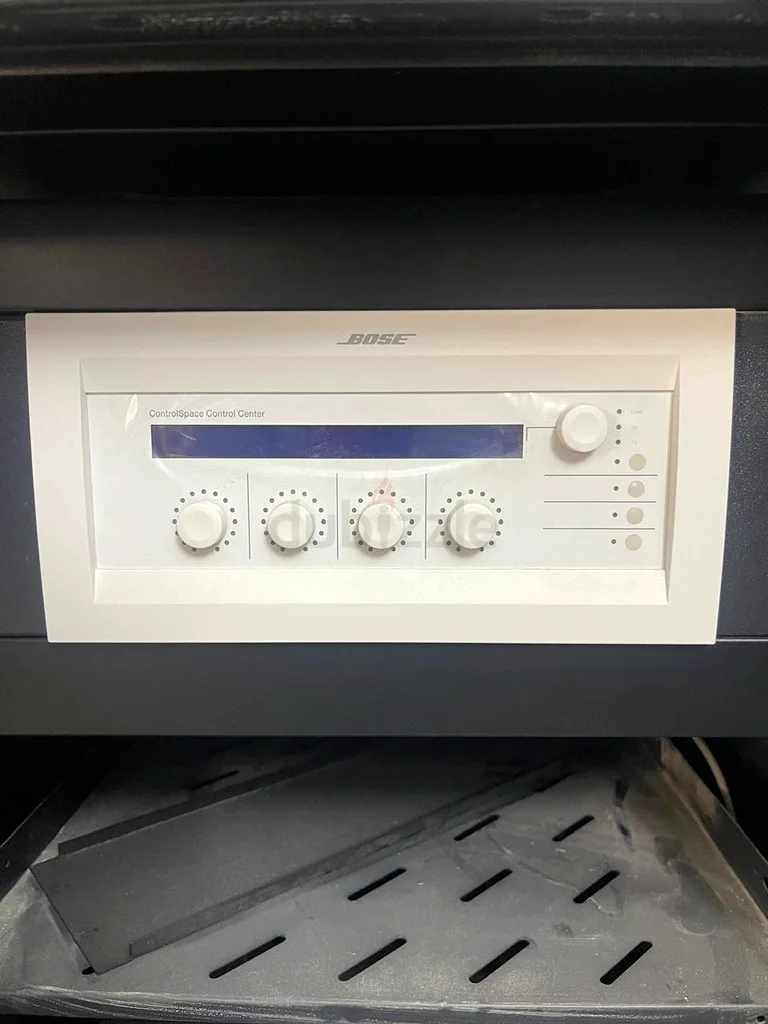
 7
7The Bose ControlSpace ESP-880 engineered sound processor is an open-architecture DSP with 8×8 fixed analog audio, built-in 8-channel ESPLink output and a rear-panel digital expansion slot offering IP-based network audio and control card options. This model meets today’s strict requirements for high-quality signal processing and control in a cost-effective package. The ESP-880 is designed for a wide variety of applications ranging from small self-contained projects to larger networked applications. FEATURES High-quality analog circuitry?offers both mic and line-level I/O, operates with ultra-low noise and 115 dB dynamic range Advanced digital signal processing?supports audio at 48 kHz sample rate/24-bit, uses a floating-point open architecture DSP and operates at low latencies for sound system precision Expansion card slot?supports the use of accessory networking cards, allowing digital audio to be sent and/or received from other compatible products Optional Dante network cards allow ESP processors to closely integrate with other product supporting Audinate’s Dante audio networking solution Bose ControlSpace Designer software?enables a large set of signal processing modules, such as automatic mic mixing, multiband graphic and parametric EQs, Bose loudspeaker libraries, signal generators, routers, mixers, AGCs, duckers, gates, compressors, source selectors and delays Front panel RJ-45 Ethernet?connection enables localized configuration and monitoring, while enabling network passthrough when using a rear-panel network option card Built-in Bose ESPLink output?sends up to 8 channels of uncompressed digital audio to ESPLink-equipped Bose PowerMatch amplifiers A variety of control options?? ControlSpace ESP products are compatible with the programmable Bose CC-64 and CC-16 controllers and three simplified zone volume interfaces, as well as potentiometers and switches built by other manufacturers Integration with industry-standard control systems?using a comprehensive serial protocol through onboard RS-232 and Ethernet ports Applications Auditoriums Houses of worship Resorts and hospitality venues Retail stores Schools and universities Multi-purpose spaces PowerMatch PM8250 Configurable Amplifier 120V NA Brand: Bose Professional Model: PM8250 UPC: 017817599689 bose controlspace designer software – powermatch amplifiers can be fully configured using controlspace designer software via the onboard front panel usb connection, or the rear panel ethernet connection. using controlspace designer software you can access additional features including: parametric eq stages, load sweep of each output channel and auto standby. controlspace designer software is also used to integrate network model powermatch amplifiers into larger control and monitoring systems comprised of bose esp processors and cc control centers. auto-standby/auto-wake function – when enabled, this function automatically enters/exits standby mode, allowing the system to consume less power. quadbridge technology – allows each 4-channel loudspeaker block to be configured as mono, v-bridge, i-share or quad modes, allowing the total available power of the amplifier block to be allocated to one or more output channels. the amplifier is capable of driving both low impedance and 70/100v loudspeaker loads directly. bose part # 361811-1110 ControlSpace CC-64 control center The Bose Professional ControlSpace CC-64 control center is an elegant, programmable, networked controller that provides users a simple and logical interface to their sound systems when using ControlSpace ESP processors and/or network version PowerMatch amplifiers. Because the controller is completely programmable, you can customize the sound system, making only certain controls available, and simplifying user interaction with the system. The CC-64 provides four rotary encoders with circular LED rings for a user-friendly method of managing gain settings or scene selections. A fifth encoder (upper right) provides control over programmed "scenes" or presets. Four bank switch buttons redefine the four Gain/Selector control knobs, providing quick access for up to 16 system gain controls or selectors. A large, two-line-by-40-character backlit LCD provides users the names of the system elements they are controlling.
